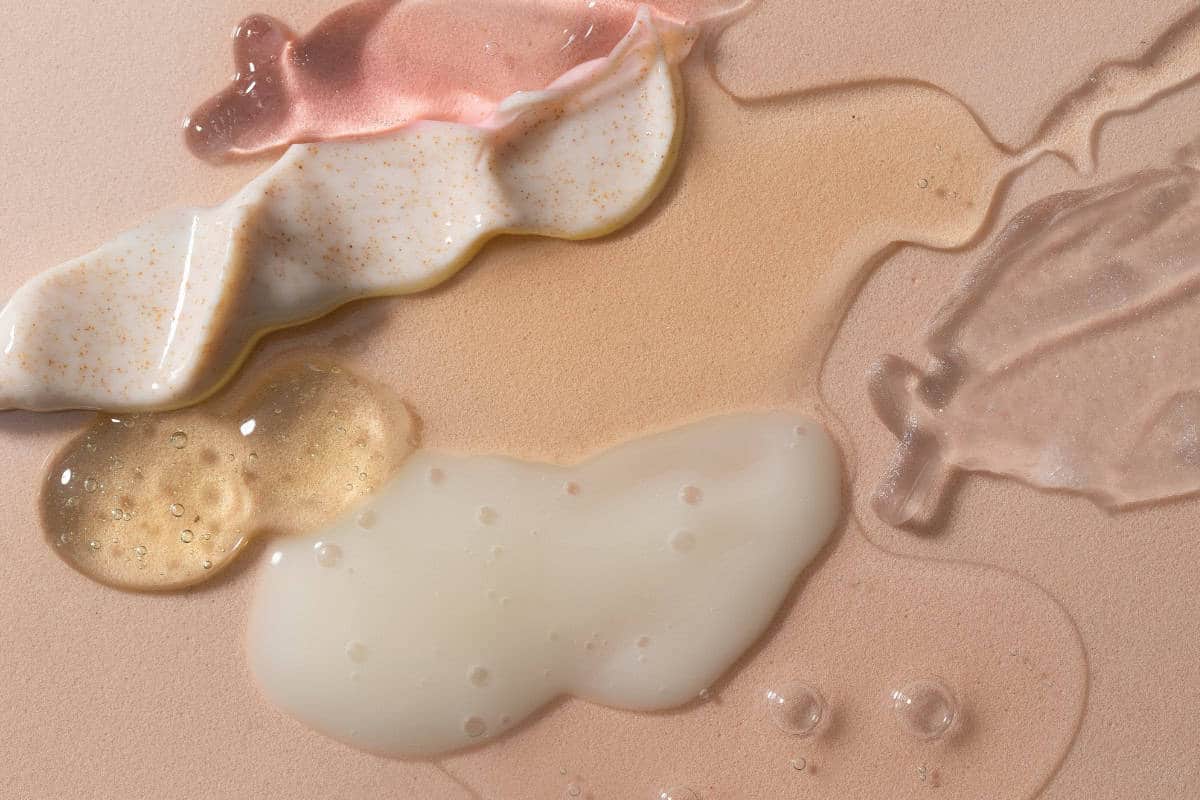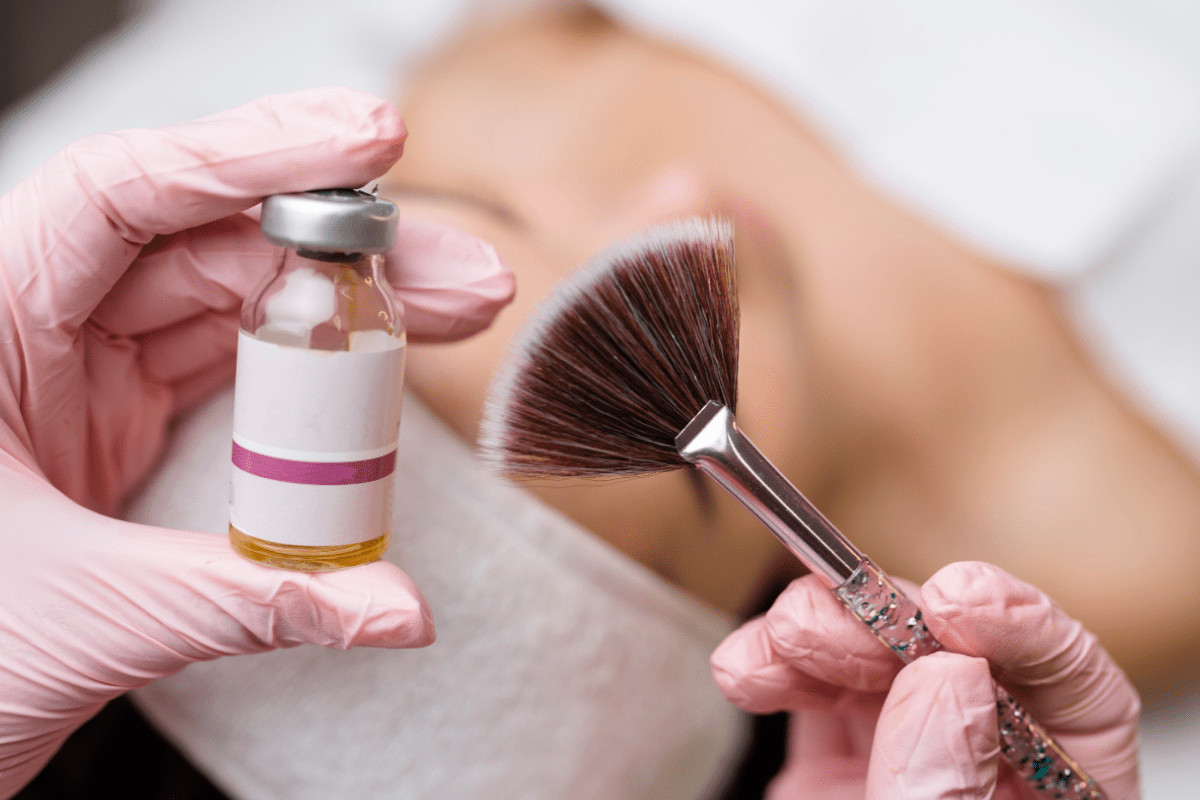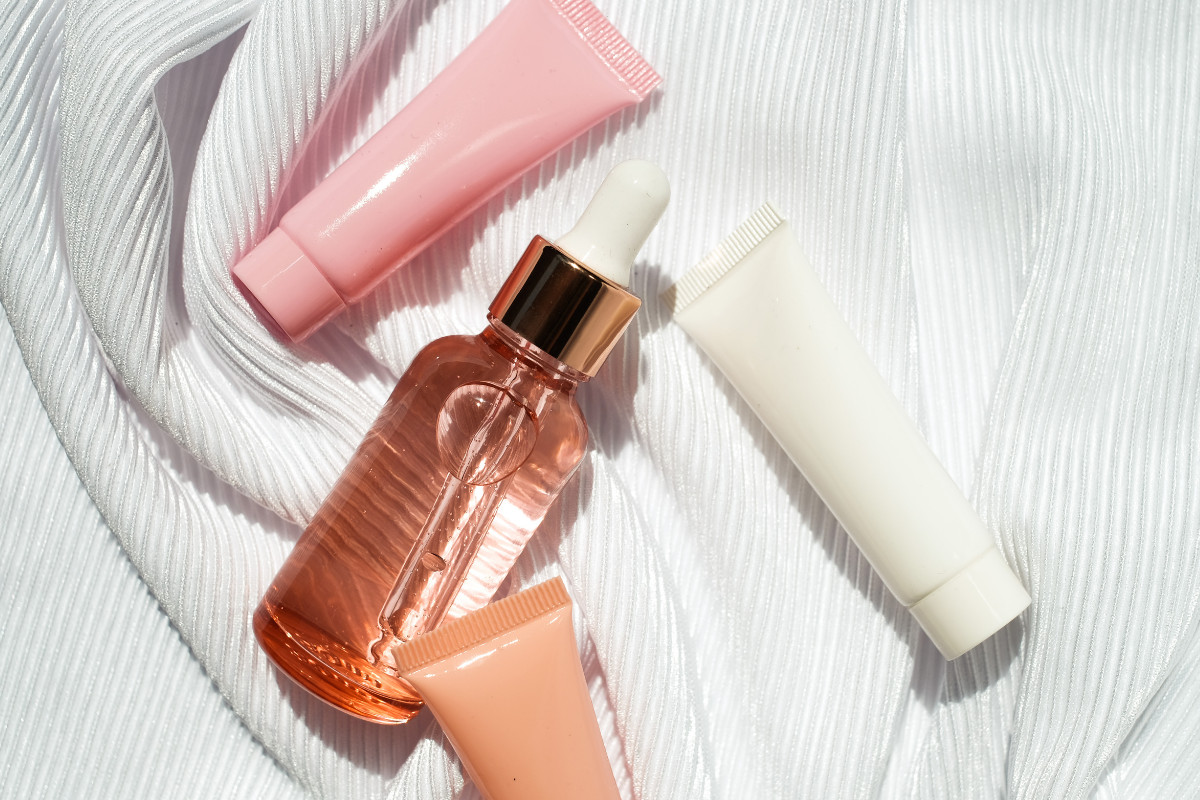Vi Peel vs Chemical Peel: Comparing Benefits and Results
When exploring the world of facial peels, you may find yourself weighing the benefits of a VI Peel against traditional chemical peels. Each type of peel addresses various skin concerns, ranging from fine lines and acne scars to uneven skin tone and texture.
This post explores the differences between the VI Peel vs chemical peel. Learn about their benefits, procedures, and results to find the best option for your skincare needs.
The VI Peel, a blend that includes ingredients such as TCA (trichloroacetic acid), salicylic acid, retinoic acid, vitamin C, and other active ingredients, is designed to safely remove the top layer of skin, allowing new skin to emerge. This can help reduce the appearance of sun damage, age spots, and hyperpigmentation.
Conversely, chemical peels are available in several formulations, with diverse active ingredients and strengths, from superficial peels like glycolic acid to deeper peels like phenol.
These peels work by causing the top layers of skin to shed, which can improve the texture and clarity of your skin, stimulate new collagen production, and create a more even skin tone.
The specific type of peel used will depend on your skin’s needs, desired results, skin sensitivity, and the amount of downtime you can afford, as recovery time can vary.

Whether you’re considering a VI Peel to purify skin and diminish brown spots or a TCA peel to soften fine lines, selecting the treatment that aligns with your skin conditions and the outcome you’re seeking is essential.
Both treatments aim to give you more radiant skin and a healthy glow, but the choice between a VI Peel and other chemical peel treatments often comes down to the particular skin issues you’re facing and the level of peeling you’re comfortable with.
Consulting with a skin care professional can help determine the best option for achieving beautiful, youthful skin with minimal downtime.
Understanding Chemical Peels
To address various skin concerns, chemical peels use active ingredients that remove the top layer of skin, leading to a rejuvenated appearance.
Core Ingredients in Chemical Peels
Chemical peels incorporate key ingredients to exfoliate dead skin cells and foster new skin growth.
Salicylic acid is commonly used in peels for oily and acne-prone skin, penetrating and exfoliating hair follicles. Meanwhile, trichloroacetic acid (TCA) works effectively for medium peels, targeting fine lines, sun damage, and acne scars.
Then, phenol is typically used in deep peels and can address more pronounced skin texture issues.
Other active ingredients like glycolic acid, lactic acid, and vitamin C enhance skin texture and promote collagen production.
Types of Chemical Peels
- Superficial Peels: In these, mild acids like alpha-hydroxy acid are used to gently exfoliate only the outer layer of skin.
- Medium Peels: Meanwhile, glycolic or TCA are the go-to for these peels which remove skin cells from the outer layer of skin as well as the upper middle layers.
- Deep Peels: Lastly, these involve phenol or higher concentrations of other acids, reaching deeper layers of skin and providing more dramatic results.
Each type of peel can help with skin discoloration such as sun spots, age spots, and dark spots, as well as different skin conditions like keratosis pilaris and acne scarring.

Procedure and Aftercare
During a chemical peel treatment, a dermatologist or plastic surgeon applies a chemical solution to your skin, triggering exfoliation. The procedure can affect collagen production for more youthful skin.
Aftercare:
- Post-Peel Towelette: This may be used at home to reinforce the peel’s effects.
- Moisturizer and Sunscreen: Essential for protecting sensitive skin and maintaining results.
- Recovery Time: Varies from minimal downtime with superficial peels to longer for medium or deep peels.
Following these instructions ensures the best results, a more even skin tone, and can reduce pore size.
Benefits of VI Peel
Discover how a VI Peel can rejuvenate your skin by addressing a range of concerns from aging signs to acne. Explore the specific benefits tailored to different skin types and conditions.
Combating Aging Signs
VI Peel works effectively to reduce the visibility of fine lines and wrinkles, which are common signs of aging. This peel encourages collagen production, which is pivotal for maintaining skin elasticity and firmness, leading to a more youthful appearance.
Improving Skin Tone and Texture
By exfoliating the dead skin cells from the top layer of skin, VI Peel can greatly improve skin texture and promote a more even skin tone. It tackles sun damage and reduces the appearance of age spots, dark spots, and sun spots, contributing to overall skin clarity.
Specific Solutions with VI Peel
VI Peel Purify and VI Peel Advanced are specialized formulations targeting unique skin issues.
Whether you have persistent acne, scarring, or pigmentation, these peels are designed to improve acne scars and promote a healthy glow.
Suitability Across Skin Types
This peel is suitable for a wide range of skin types, including sensitive and darker skin tones. It’s gentler than deep chemical peels, with little downtime, making it a viable option for those seeking an effective skincare treatment with minimal recovery time.
Chemical Peel vs VI Peel
When deciding between a Chemical Peel and a VI Peel, it’s essential to understand how each one explicitly targets various skin conditions, its ingredients, and the recovery process.
Comparison of Ingredients
Chemical Peels: Chemical peels typically contain glycolic acid, trichloroacetic acid (TCA), salicylic acid, lactic acid, or a combination. Each ingredient exfoliates the top layer of skin, prompting the renewal of the skin below.
VI Peel: A VI Peel includes several active ingredients such as trichloroacetic acid, Retinoic Acid, Salicylic Acid, Phenol, Vitamin C, and other minerals. This unique formula aims for the effective treatment of various skin issues with minimal downtime.
Effectiveness on Skin Conditions
Chemical Peels: These can range from superficial peels, suitable for mild skin issues like fine lines, to deep peels that target more severe damage such as deep wrinkles and scars.
TCA peels are particularly known for addressing moderate skin issues like hyperpigmentation and age spots.
VI Peel: This type of peel purifies and refines the skin by targeting acne scars, dark spots, sun damage and improving skin texture. Its effectiveness can be seen in just the first peel, with ongoing treatments contributing to a more even skin tone and enhancing collagen production.
Experience and Recovery
Chemical Peels: The experience can vary from little to more significant discomfort, with recovery time ranging from a few days for superficial peels to several weeks for deeper chemical peels. Redness, swelling, and peeling are common post-procedure.
VI Peel: Generally known for minimal discomfort during the procedure. Recovery commonly involves some redness and peeling, typically resolving within a week, making it a viable option for those looking for beautiful skin with little downtime.
Post-care includes using a post-peel towelette and avoiding sun exposure to ensure the best results.
Considerations Before Choosing a Peel
Before deciding on a peel, it’s crucial to understand your skin type and consider the financial and time commitments involved to achieve your desired skin improvements.
Determining Your Skin Type
Identifying your skin type is critical to achieving optimal results and reducing the risk of side effects.
A VI Peel, rich in active ingredients like retinoic acid and salicylic acid, can help improve the appearance of acne scars, fine lines, and sunspots. On the other hand, various chemical peels address different concerns:
- Sensitive skin could benefit from superficial peels with mild lactic or glycolic acid.
- Oily skin with more extensive acne scarring might require a deeper peel, such as those containing trichloroacetic acid (TCA).
- Darker skin tones are at a higher risk for post-inflammatory hyperpigmentation, so medium peels with targeted formulations, like the VI Peel or those containing kojic acid and ascorbic acid, might be ideal.
Dermatologists are best consulted to assess skin problems and determine the right type of peel for each unique skin type.
Cost and Commitment
The type and depth of treatment dictates the cost of a peel:
- VI Peel: Typically requires minimal downtime, providing clarity and radiance without the longer recovery associated with deeper peels.
- Deep Chemical Peels: These penetrate further, helping to stimulate the production of collagen for a more youthful appearance, but they also involve a more significant financial and time commitment due to an extended healing process.
Post-treatment aftercare is another essential commitment, with precautions such as avoiding sun exposure and adhering to a specific skin care routine crucial for healing.
Sun damage must be avoided post-peel to ensure the best results and avert further skin discoloration.
Post-Treatment Care and Tips
Following specific aftercare steps can enhance the healing process after a VI peel or chemical peel and produce beautiful, long-lasting results.
Protecting Your Skin from Sun
Post-VI Peel and Chemical Peel Sun Protection:
- Use SPF 30 or Higher: Always apply a broad-spectrum sunscreen with SPF 30 or higher to protect your skin from sun exposure. Sun damage can negate the positive effects of a peel.
- Limit Direct Sunlight: Especially in the first few days post-peel when your skin is most sensitive, avoid direct sunlight to prevent redness and discoloration.
Maintaining Skin Health
Key Skincare After a Peel:
- Gentle Cleansing: Use a soft cleanser twice daily to maintain cleanliness without irritating to the new skin.
- Hydrate and Moisturize: Keep your skin well-hydrated with a gentle, fragrance-free moisturizer. This will support cellular turnover and collagen production.
- Avoid Harsh Exfoliation: Since your top layer of skin is delicate after treatment, avoid harsh exfoliants to prevent damage to sensitive skin.







